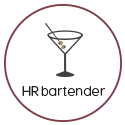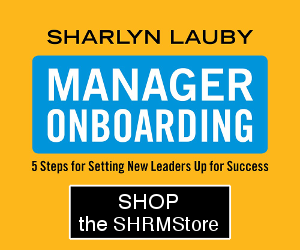I ran across an article on the MarketingProfs blog recently titled “Four B2B Marketing Trends that Will Define 2018”. The first trend was that individualization will become the new personalization.
The reason I’m bringing this up is because at the same time I came across the MarketingProfs article, I read an article from Bob Mosher in Chief Learning Officer magazine asking the question, “Who’s in control of personalized learning?” My takeaway from the Mosher piece was that personalized learning is successful when it’s controlled by the learner. As a result, training pros have to be willing to give control of learning over to the learner. This isn’t as easy as it looks because traditionally, training meant a classroom environment lead by the instructor.
But as I thought about these articles, I thought there might be some alignment. I don’t believe that personalization and individualization are mutually exclusive.
Personalization refers to “how” learning is consumed. Think of this like learning styles. Individuals need to understand how they like to learn topics. And they need to be prepared to change styles as appropriate to achieve the desired learning objective.
Individualization focuses on “when” learning happens. Ideally, we should learn something right before we need to use it. That way, self learning provides access to the information/process/etc. and we can immediately apply what we’ve learned to increase retention.
Both personalization and individualization require self-awareness and knowledge. And in my experience, I don’t remember anyone teaching me this in school or college. Training professionals have an opportunity to provide knowledge and facilitate skills development in this area. “Learning how to learn” is complex and the training profession is well-positioned to make it their role.
This is where I think training professionals can capitalize on marketing strategy. We talk all the time about the need for human resources to use marketing concepts when they execute strategy. Well, that applies to training and self learning as well. Training pros should design programs that follow the four Ps of marketing.
- Employees regularly hear about learning opportunities, versus once a year. (Promotion)
- Training topics are relevant to the employee’s work and future career. (Product)
- It’s easy to access, such as mobile or social or eLearning. (Place)
- Self learning isn’t a drain on an employee’s resources (i.e. their time). (Price)
Company-driven training exists, and honestly I think there’s a place and a need for it. However, there’s much conversation in today’s learning environment about the need for individuals to embrace and direct their own learning. That is equally as necessary. Training professionals need to take on both tasks. Developing employees to become better self-learners isn’t rendering their role obsolete. In fact, it’s making them indispensable (just for a different reason).
Image captured by Sharlyn Lauby while exploring Las Vegas, NV
13








[…] Self-directed and informal learning has proven to be extremely effective, especially if employees can easily access resources and have a good idea of the skills they need to move their careers forward. Read more. […]